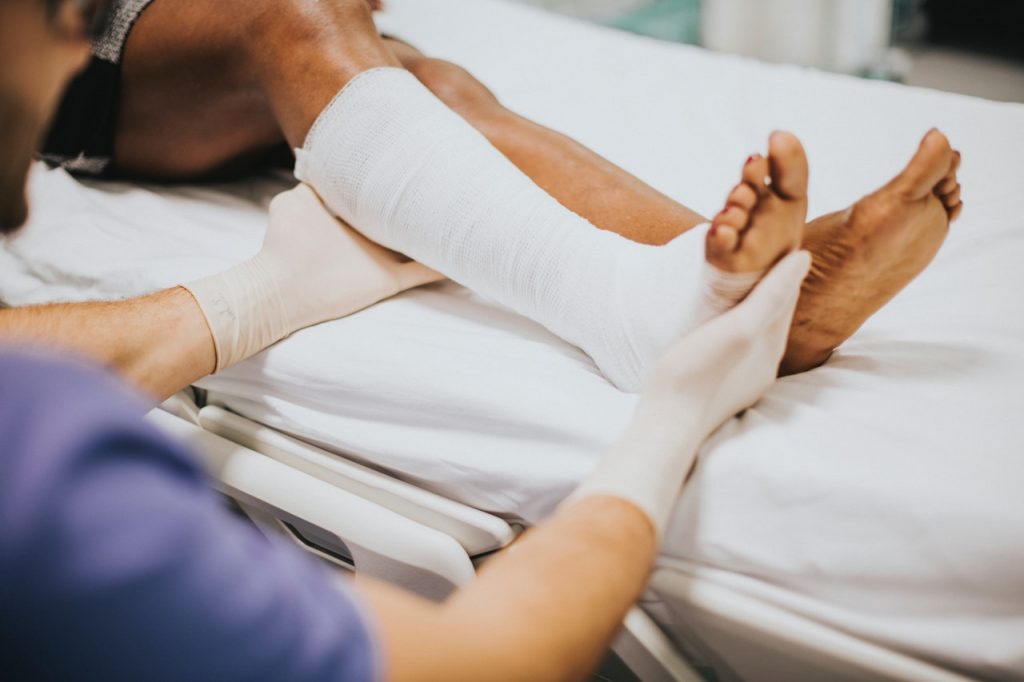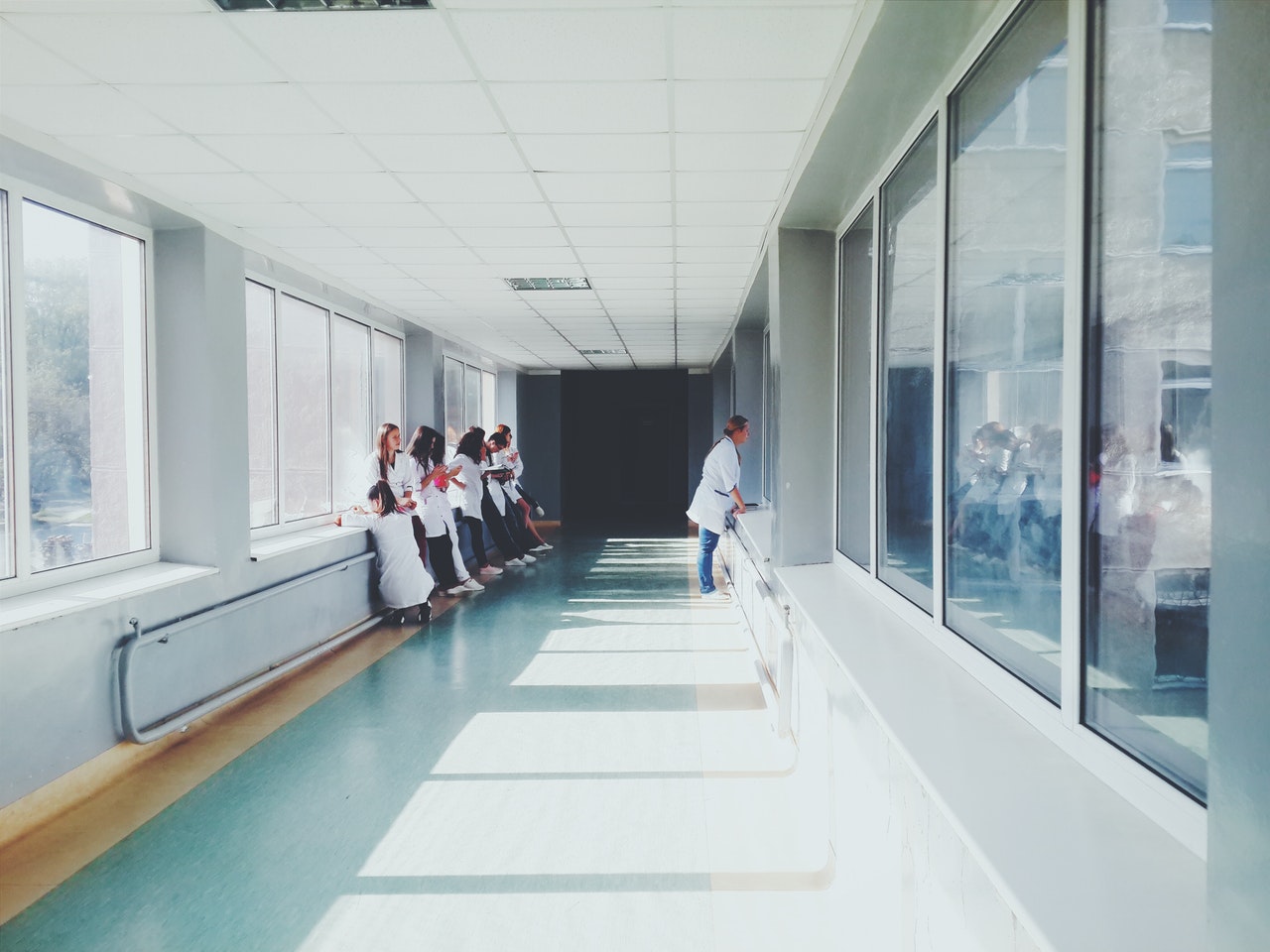Accidents, like falling or slipping, can end very severely for some people. It is imperative that patients who are staying in a hospital, aged care facility, or even just visiting their local GP feel safe knowing that all health care professionals are educated and receive the proper training in fall prevention.
Falls prevention leaders must ensure that the correct training for preventing accidents and falls is updated regularly and that they have all the relevant information that is needed prior to training and post training. All staff working in hospitals, aged care facilities, nursing homes and many other healthcare professional occupations need to attend the fall prevention classes as part of their job training.
The centres need to have written policies that all not only patients can understand but also the staff; additionally, assessment tools and clear documentation on the matter of fall prevention training are also essential. Patients and staff need to know how each risk factor is appropriately addressed when it comes to preventing a fall. Staff under-going the training must also be aware of environmental causes, not just personal and medical. Nursing homes and hospitals, all have their share of hazards and dangers which can all cause falls risks to not only the elderly but the sick patients, staff and visitors.
People tend to dim the light given it is night-time and people are sleeping, but this itself is a hazard as people cannot see a clear path to the bathroom. Cleaners that use extension cords become a tripping hazard and not only staff at nursing homes and hospitals, but even parents should undertake falls prevention classes for the house also in case of any accidents, after all, you would rather be safe than sorry. Being educated in fall prevention will aid in keeping our loved ones and little children safe.
Falls prevention and risk factors:
The best way to reduce the opportunity for someone to fall is to reduce the risk altogether. Prevent falls by looking into each room, the backyard, front yard etc. and look for the hazards. It is best to get cleaners in after-hours, so there are no wet floors for staff or patients to slip on and no extensions cords to cause a trip. There are many ways that we can help the patients but on a more personal level. You can help to improve their health and fitness through proper nutrition, effective medication and physiotherapy. These are all good ways to restore the motivation and strength even of the elderly who have been unwell or have stayed in the hospital for a while.
Being organised with assessments and reviewing patients will also often aid in ensuring that there are as many falls prevented as can be.
The risk assessment for falls:
You can use the risk assessment tool, which is vital to help identify those people who are most at risk of falling. You can put a strategy in place, and that is when the assessment tool comes in to identify the elderly who are at high risk. This form should be used on all admissions, when they are transferred, if they have had a change in their status or if they have a fall and at regular intervals but this will depend on their needs and risk factors.

Fall risk prevention tools should have the following:
• A medical diagnosis
• Information on pre-existing conditions
• History of falls
• Medication
• Transferability
• Mental capacity
• The need for ambulatory needs
Using the mentioned components above will help to create a risk score for each patient, which can then be used to find out which patients need fall prevention inventions ready.
